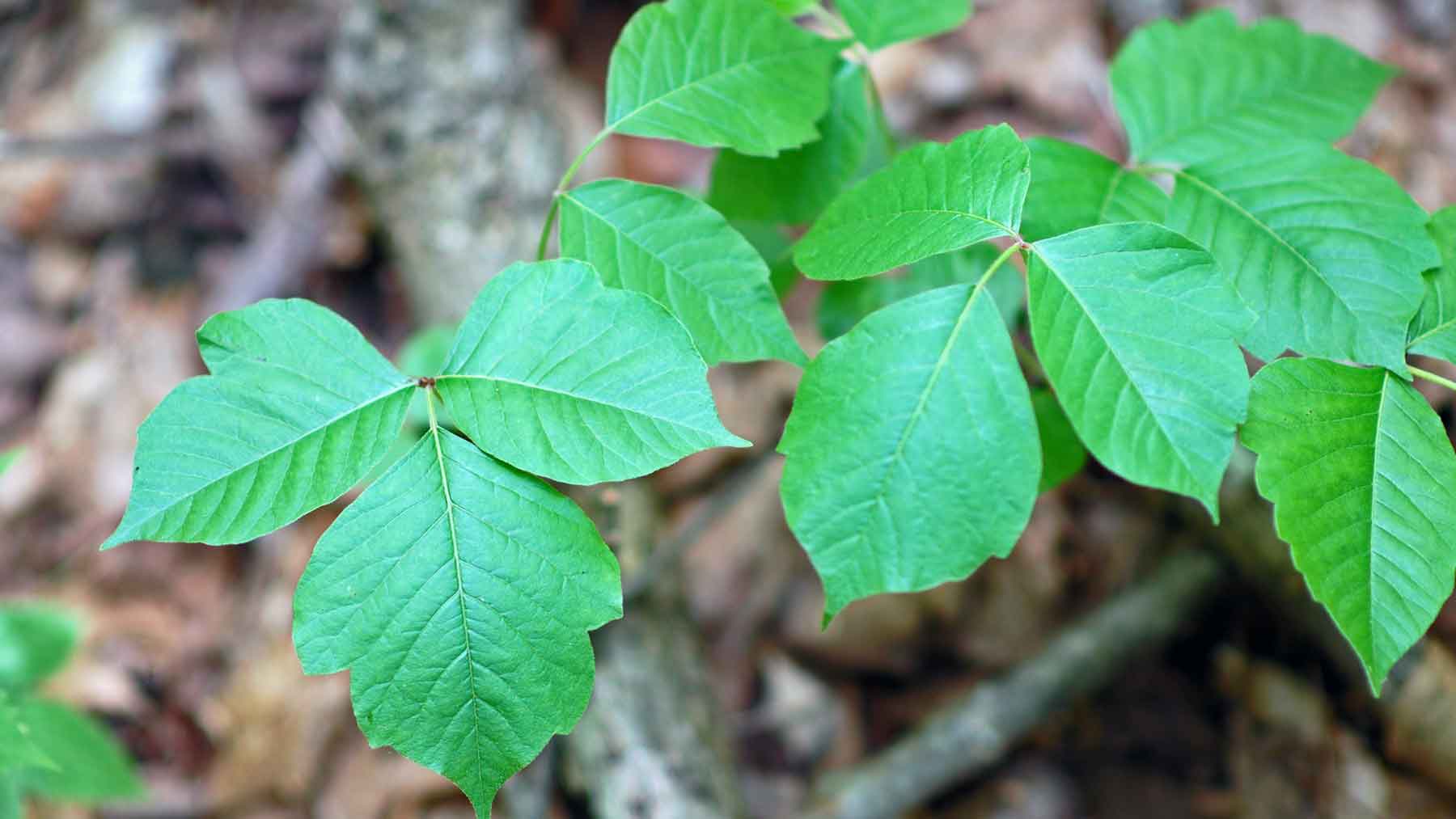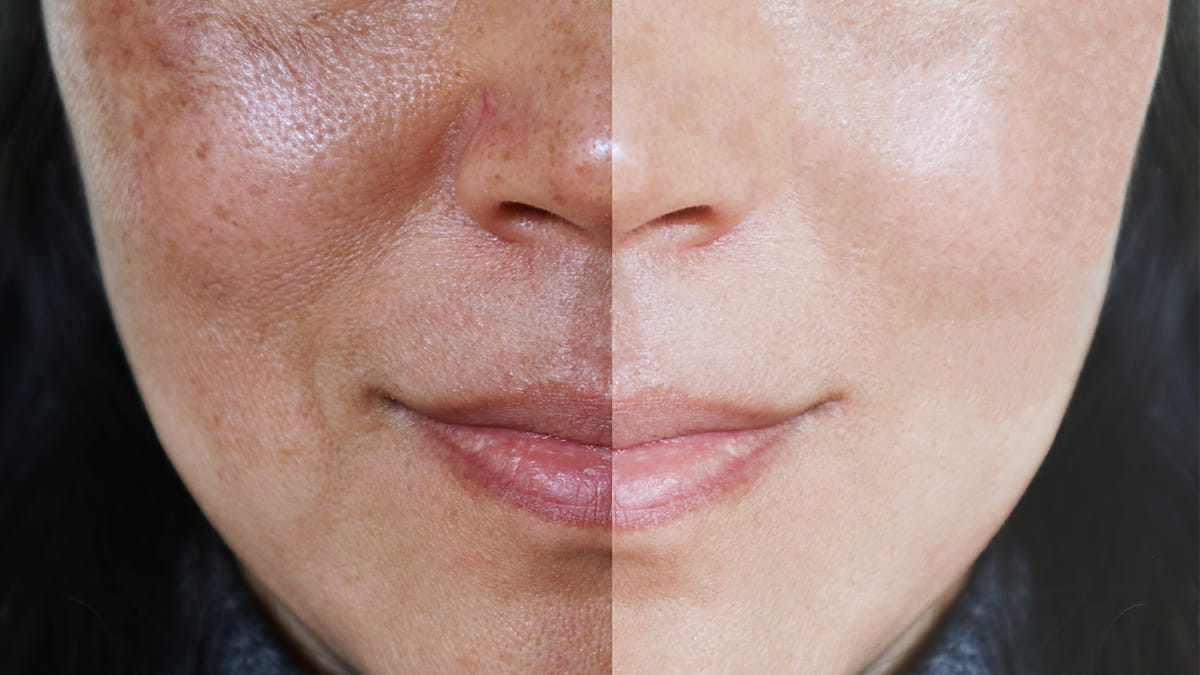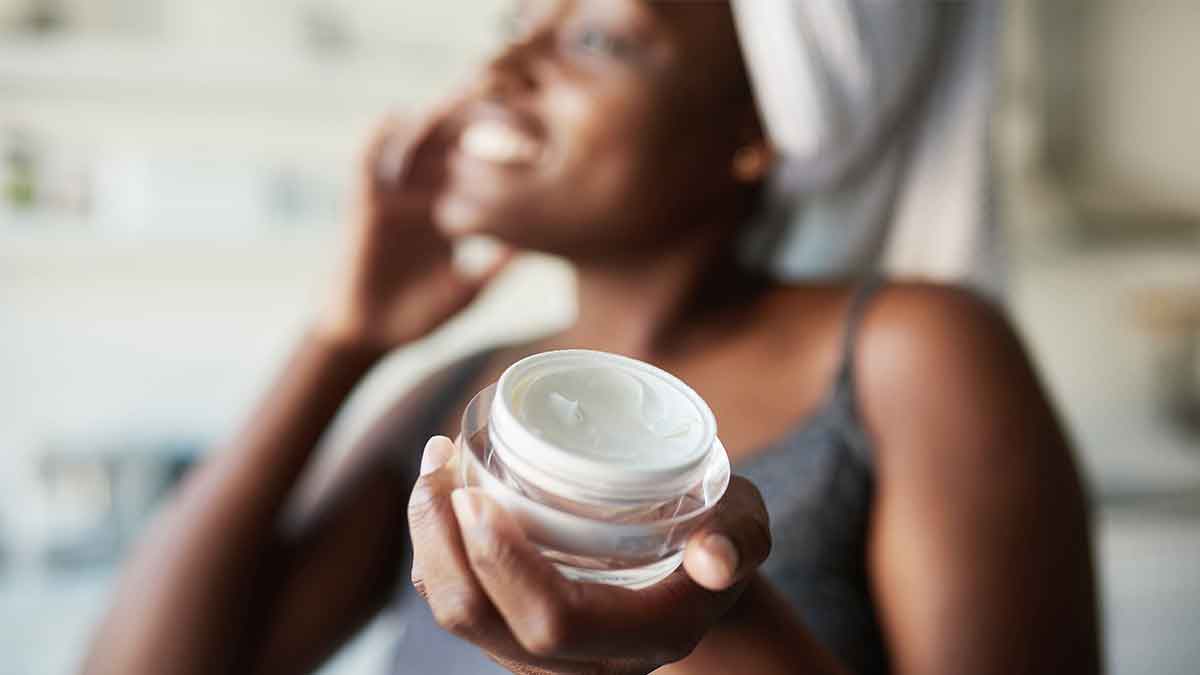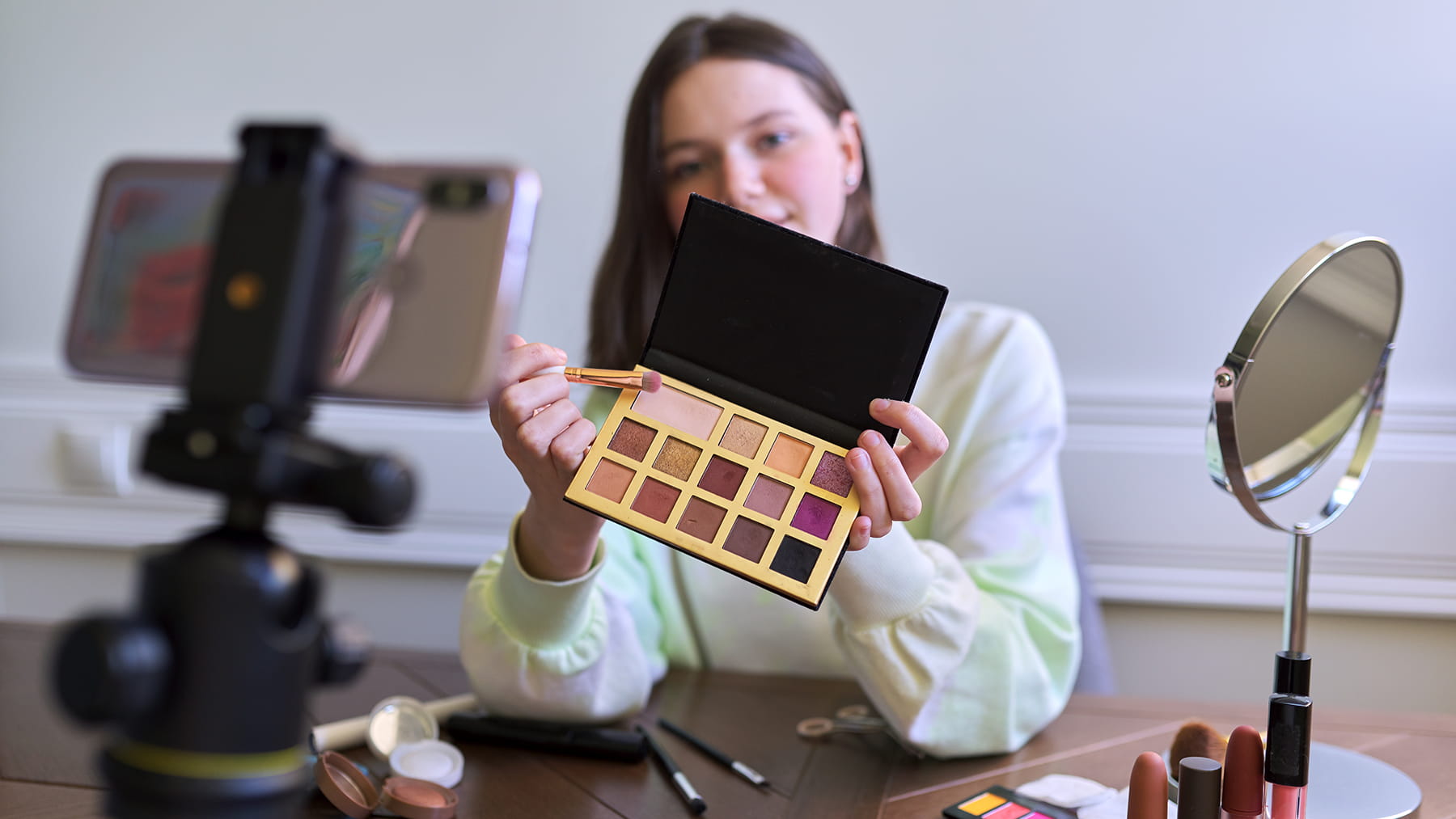What to do if you encounter poison ivy

Whether you’re hiking through the woods or exploring in your own backyard, you’re likely to come in contact with a variety of plants. Some you may know; some may be foreign. With poison ivy’s ability to grow in almost every state, there’s a good chance you or someone you know will encounter it at some point. The good news is that the itchy, red rashes aren’t contagious, and there are ways to avoid getting poison ivy and ways to treat it if you’re exposed. Here’s what you should know about the plant:
What is poison ivy?
Poison ivy is an allergic hypersensitivity reaction to the urushiol oil that is found on the poison ivy plant. Not everyone who comes in contact with the poison ivy plant will develop a rash, but those who are allergic will notice a worsening reaction with every encounter.
How do you know if you are having a reaction to poison ivy?
The most obvious reaction to poison ivy is a red, itchy rash that occurs in patches. These rashes can appear in various places on the body and may even develop into small blisters. Depending on what part of the body was exposed to the urushiol oil, you may see linear streaks that are a result of the outline of the plant.
Reactions typically develop 12 to 72 hours after exposure, but they can occur up to a week after. Depending on the amount of exposure and level of reaction, poison ivy rashes may last up to two to four weeks. Although not contagious, poison ivy can occur in multiple areas at various times.
What's the most common way of getting poison ivy?
There are three main types of exposure to poison ivy:
- Direct contact: touching any part of the plant, including stems, leaves, roots and anything in the poison ivy family, such as poison ivy, poison sumac and poison oak
- Indirect contact: touching something that has urushiol oil on it, such as your pet that may have rubbed against the plant and now has the oil on its fur
- Airborne: when poison ivy plants are burned and the urushiol oil becomes aerosolized
It’s very common to come in contact with poison ivy when doing yardwork or if you work in the landscaping business. Hiking in the woods is also another way to encounter urushiol oil. The gloves you wear when gardening and the clothes you have on during a wooded hike can hold the oil, leading to future contact when you wear the clothing items again without washing or touch your face while wearing the gloves.
How to avoid poison ivy
When working outside, it’s important to wear protective clothing such as long sleeves, pants, socks and work boots. Wearing thick vinyl gloves, rather than latex or cloth gloves, will help protect your hands. If you do work outdoors often, be sure to regularly wash anything that could have exposure..
What to do if you’re exposed
If you encounter poison ivy, it’s important to wash the area immediately using cool water. You should also clean anything that may be contaminated with the oils to prevent future exposures.
If you develop a rash, it can be treated with antihistamines, cool showers and hydrocortisone. If these methods don’t provide relief, you should consult your physician to receive stronger topical steroids.
If you come in contact with poison ivy and notice severe swelling, difficulty swallowing or breathing, fever or infected blistering, consult your physician immediately.
Susan Massick is a dermatologist at The Ohio State University Wexner Medical Center and an assistant professor in the Ohio State College of Medicine. Follow her on Twitter @SusanMassickMD.




